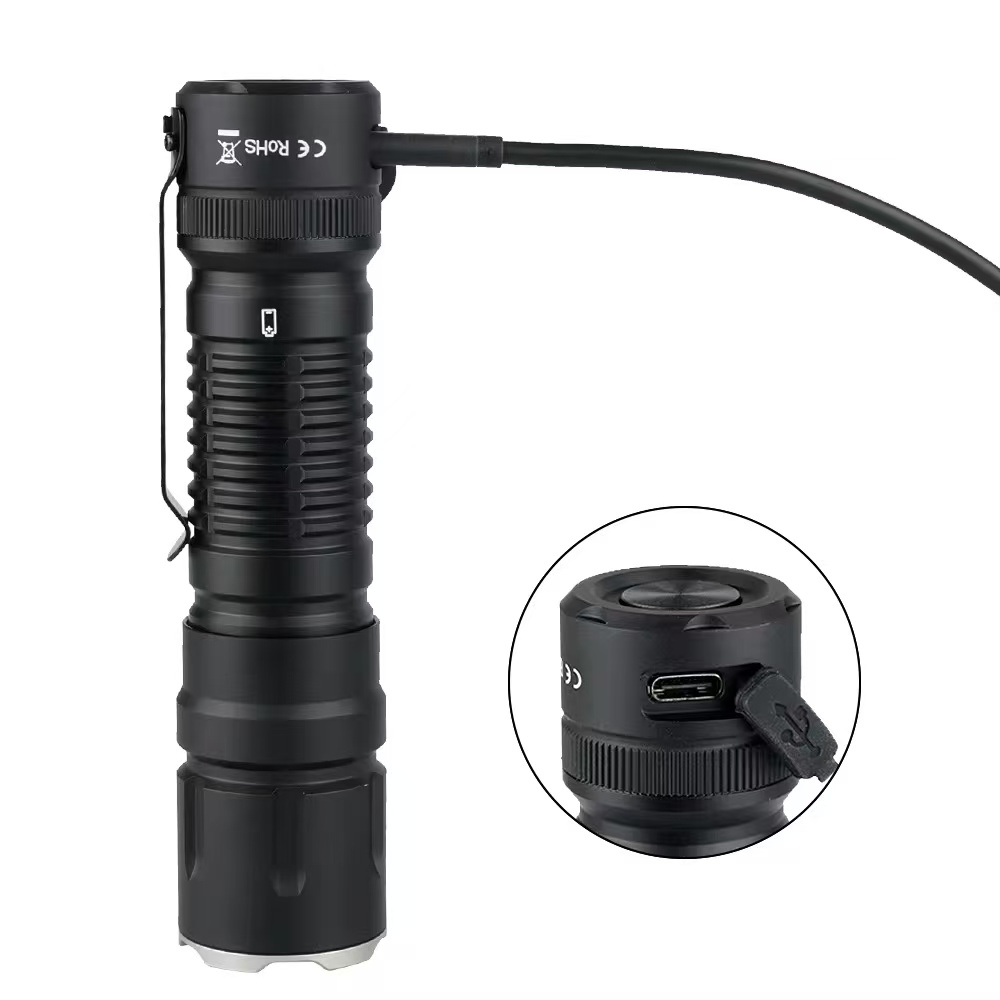Flashlights with different light colors have unique uses in specific situations and applications. Here are some common colors and their uses:
- White light: This is the most common color of flashlight light, used for daily lighting and most routine tasks.
- Red light: Red light has the least impact on human eyes and does not affect night vision. It is often used in astronomical observation, (wild camping) or military operations to avoid interfering with night vision or exposing positions.
- Green light: Green light is invisible to most wild animals, so hunters and fishermen often use green flashlights to avoid disturbing animals or fish. Additionally, green light can also help in clearly seeing maps and documents in low-light environments
- Blue light: Blue light helps track bloodstains, so hunters sometimes use it to track injured animals. In forensic applications, blue light can also assist in examining certain substances and fluids.
- Ultraviolet (UV) light: UV flashlights are often used to check the authenticity of currency, detect pet urine, and identify stains in some cleaning tasks. In forensics and crime scene investigations, UV light is also commonly used to detect invisible evidence. Yellow light: Yellow light can penetrate fog effectively, so yellow flashlights can provide better visibility on foggy days or in smoky environments.
- Red and blue flashing: The red and blue flashing mode on a flashlight is usually a special function, commonly found in multi-purpose or professional-grade flashlights. Its uses vary depending on different occasions and needs, and here are some main applications: Attracting attention: If you get lost in the wild or encounter danger, the red and blue flashing mode can more easily draw others’ attention, especially in low-light environments.
- Nautical or other special uses: In nautical activities or certain special events, red and blue flashing may be used for specific signals or warnings.
- Well, now do you know how to choose a flashlight with different light colors?

